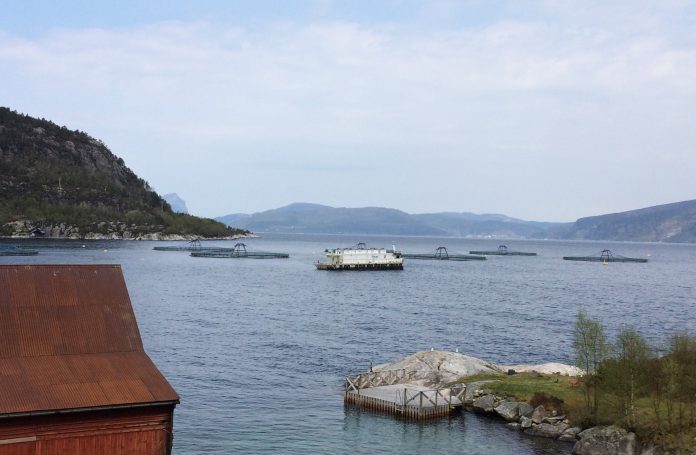Sideways lurch for spot prices this coming week.
“Next week’s split in two. Prices slightly higher at the start of the week and lower towards the end. Around 80 kroner (EUR 8.3) plus/minus,” was how one exporter summed up the coming week for SalmonBusiness.
This means prices are maintaining the record levels that have governed the last two weeks. Due to the Whitsun holiday it will be a four-day slaughter week in this round. [factbox]
“It would appear demand is outstripping supply. I don’t think it makes much difference whether it’s a five or a four-day week. But possibly some will also slaughter on Monday. It’s been done before,” he added.
Buoyant market
“I’ve heard it’s being pushed upwards, and I’m not ruling out a slight rise during the day. But there’s a general fear in exporter circles that we’ll see the first indication of prices dropping next week,” said a smokehouse buyer.
“The market appears strong. Many have the impression it’s quiet, but it is vigorous and holding its ground. I think you’ll see it up 2-3 kroner (EUR 0.2 to EUR 0.3),” was his take on the price for next week.
Five different price sources referred to the following price guide for the best selling fish sizes next week:
3-4 kilo 75-80 kroner (EUR 7.8 to EUR 8.4)
4-5 kilo 77-81 kroner (EUR 8.0 to EUR 8.5)
5+ kilo 80-82 kroner (EUR 8.4 to EUR 8.6)
Waiting for the slide
Even though most of the sources are referring to stable or rising prices, there are still a few sensing negative pressure bearing down on prices.
“I’d say there’s pressure on prices. There’s a tendency indicating they are lowering,” a trader said, adding that he had “bought a fair share”.
“I think during next week they will adjust downwards. I wouldn’t be surprised if we see prices down 10-15 kroner (EUR1 to EUR 1.6) in the next two-three weeks. An increasing number of producers are gaining control over the lice problem, which means improved growth. Sea temperatures are beginning to rise. Feeding conditions are reasonably good at present,” he said.


